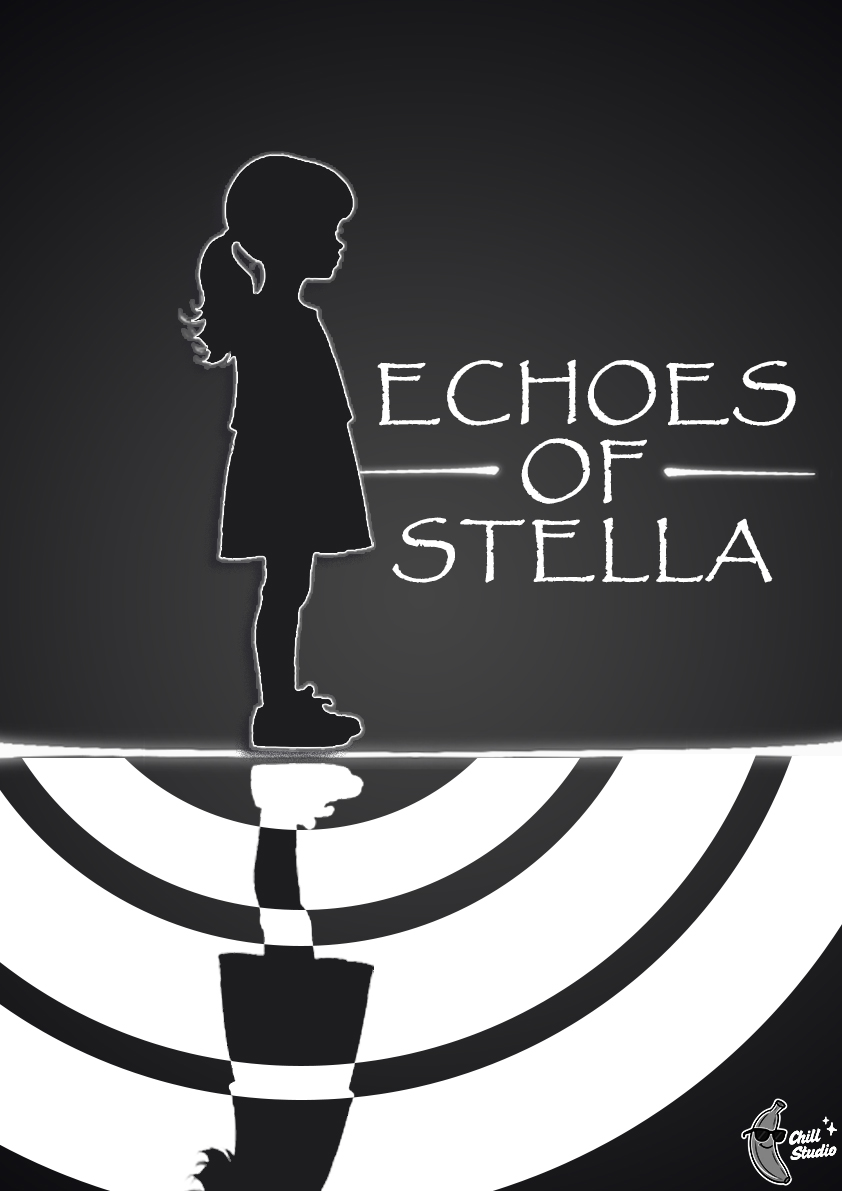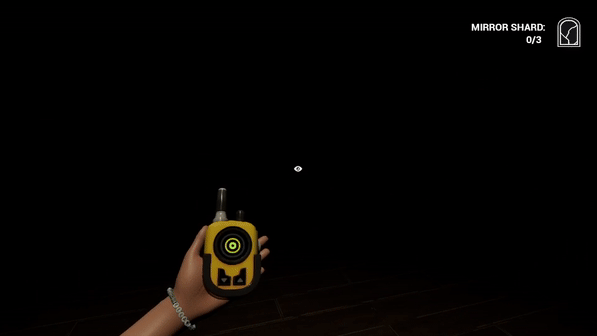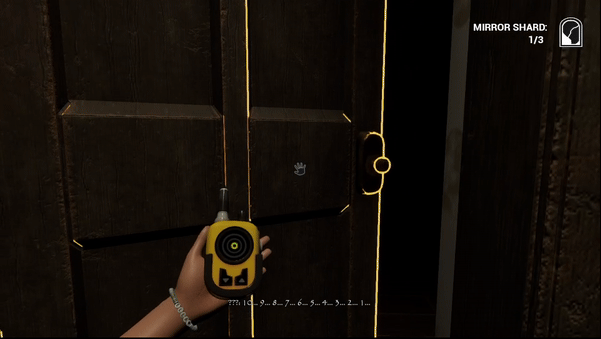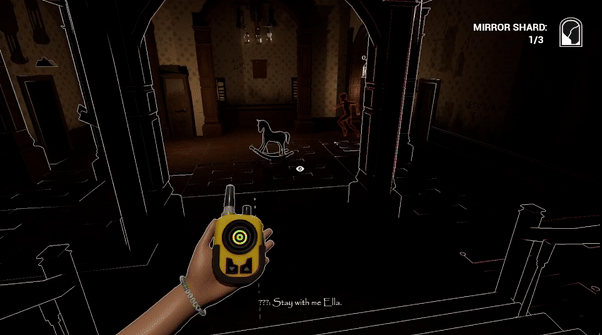Project: Echoes of Stella
Unreal Engine 5
Blueprints
Metasounds
Audacity
Sequencer
A first-person horror game built on a single, terrifying premise: you must make sound to see, but every sound also guides a relentless monster to your location. As Ella, you must survive a deadly game of hide-and-seek where the price of vision could be your life.
Read more about the sound design process
Alpha Stage: Conceptual Sound & Early Prototyping:
- In the Alpha phase, my initial concept was to create a mysterious and unsettling atmosphere by making the "mirror world" sound hollow and unnatural, with 'bouncy' echoes. However, early prototypes proved this to be a valuable lesson: while the idea was interesting conceptually, it clashed with player expectations and felt jarring rather than immersive. Recognizing this early, I made the decision to pivot away from this initial concept. The main challenge during this phase was also adapting after our sound programmer left the project, which required a more hands-on, technical approach from my side.
Beta Stage: Full Implementation & Voice-Over Production:
- For the Beta, I completely overhauled the sound design, moving towards high-quality, realistic sounds to ground the player and build a more believable tension. This phase involved a massive implementation effort. A key collaboration was with another designer, where we wrote, recorded, and implemented 143 unique voice lines for the main character and the monster. My artistic vision for the monster's voice was to blend my performance with the young girl's, creating a corrupted, layered sound that hinted at the story's tragic connection between them. My goal was to have every interactable object and key moment in the game functionally sound-scaped by the end of this phase.
Gold Stage: System Refinement & Polish:
- The Gold stage was focused on building smart, effective systems and polishing the final mix. To create a more dynamic and less repetitive environment, I built a simple but effective ambient sound system in Unreal. A significant technical improvement was migrating all voice lines from simple widgets to Unreal's native Dialogue System, which allowed for easy randomization of lines while keeping the subtitles perfectly synced. I also worked closely with our composer to ensure the music and my sound effects (SFX) complemented each other, and collaborated with our sound producer who applied the final effects on the voice lines, resulting in a very efficient audio workflow.
Post-Mortem:
Key Takeaway:
- My key takeaway from this project is that a Sound Designer's most important tool is proactive communication. Sound is often considered late in the process, and I learned that actively seeking out level designers and other disciplines early is essential for seamless integration and avoiding last-minute stress.
What Went Well:
- The collaboration with the music composer and sound producer was excellent, creating a clear and efficient workflow for music, SFX, and voice-over effects.
- I'm very proud of the artistic direction and implementation of the monster's voice, which successfully conveyed a complex narrative layer through sound design alone.
What Could Be Improved:
- My initial "hollow world" sound concept was a failed experiment, but scrapping it was the right decision. It was a crucial lesson in prioritizing the actual player experience over an abstract idea.
- The project highlighted the challenge of sound design being an afterthought for other departments. My personal process improvement for the future is to establish regular check-ins with the level design team to anticipate their audio needs long before a deadline.




